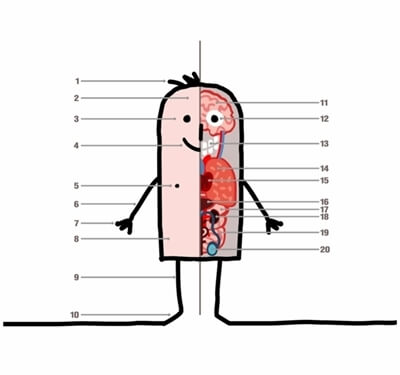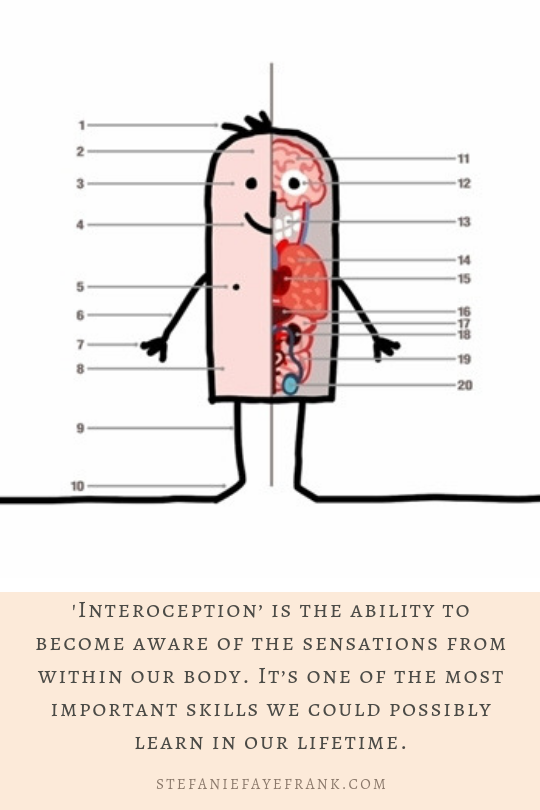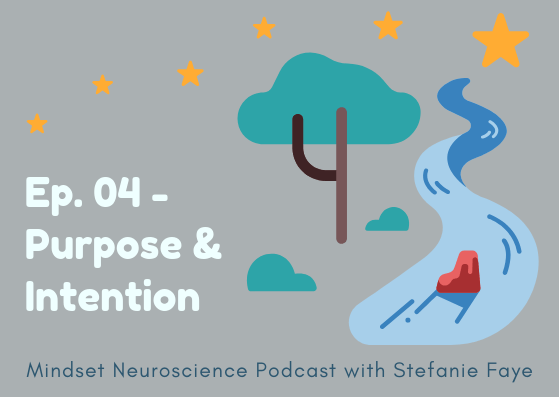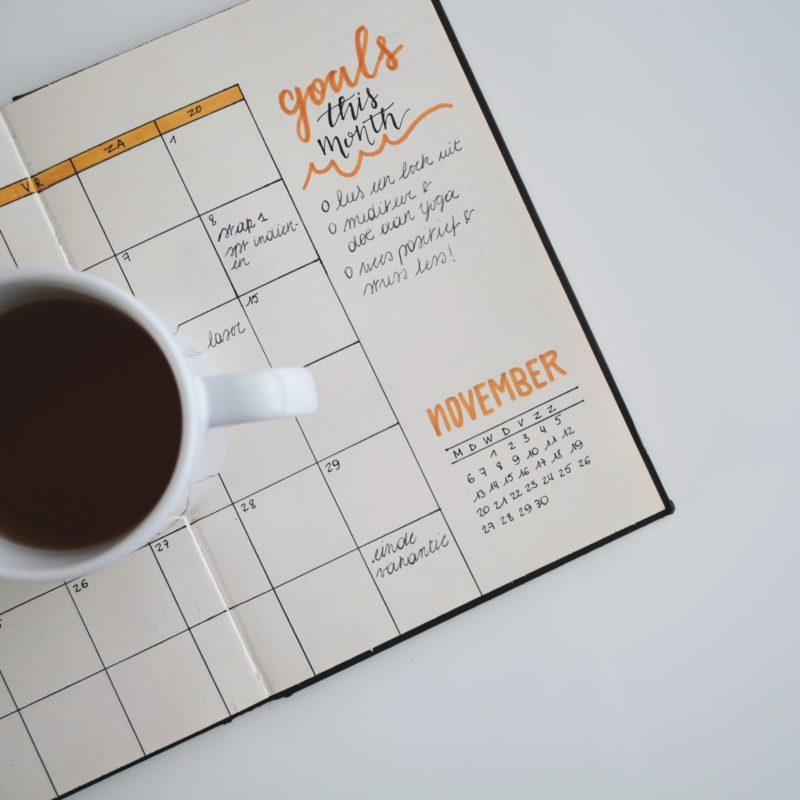“In order to change, people need to become aware of their sensations and the way that their bodies interact with the world around them.”
– Bessel Van Der Kolk, The Body Keeps the Score
A couple of years ago, I spoke at a symposium in Berlin, where I was joined by engineers, neuroscientists, design thinking and creativity researchers from Stanford University, the Hasso Plattner Institute of Design and the University of Bologna Marconi Institute for Creativity Research.
The theme was ‘Embodied Cognition & Creativity’.
We explored how to incorporate more of the body’s movements and wisdom into learning and innovation.
We have been so focused on the brain that we’ve been neglecting the role of the BODY in all of this.
Our bodies are constantly giving us signals as to what our reactions, triggers, needs and desires are.
However, we have been so focused on ‘thinking’ and talking that we’ve stopped listening to those subtle messages.
The better we get at paying attention to what our body is telling us in each moment, the better we get at noticing what triggers us – what causes us to feel anxious, sad, irritated. AND we get better at noticing what truly makes us feel alive and eager, or peaceful and content.
We also get better at making decisions that actually make us happy.
Instead of choosing things because they’re the most familiar, or the most talked about (features of subconscious and cultural programming by advertising and ‘group think’). we can make choices based on the subtle signals from our body and viscera (such as our gut, heart and skin).
‘Interoception’ is the ability to become aware of the sensations from within our body. It’s one of the most important skills we could possibly learn in our lifetime.
Download this as a printable poster
How to do this? Here’s a quote from one of my favorite books,
The Body Keeps the Score.
[…] In my practice I begin the process by helping my patients to first notice and then describe the feelings in their bodies – not emotions such as anger or anxiety or fear but the physical sensations beneath the emotions: pressure, heat, muscular tension, tingling, caving in, and so on.”
This is something I began practicing for myself many years ago and then integrated it into my training with meditation masters in countries all over the world.
This is how I helped an aggressive 5th grader become more self-aware and in control of his anger




